
Mid-spring flowers are at their peak in the woods, but some of the earlier spring flowers are still blooming.








Mid-spring flowers are at their peak in the woods, but some of the earlier spring flowers are still blooming.







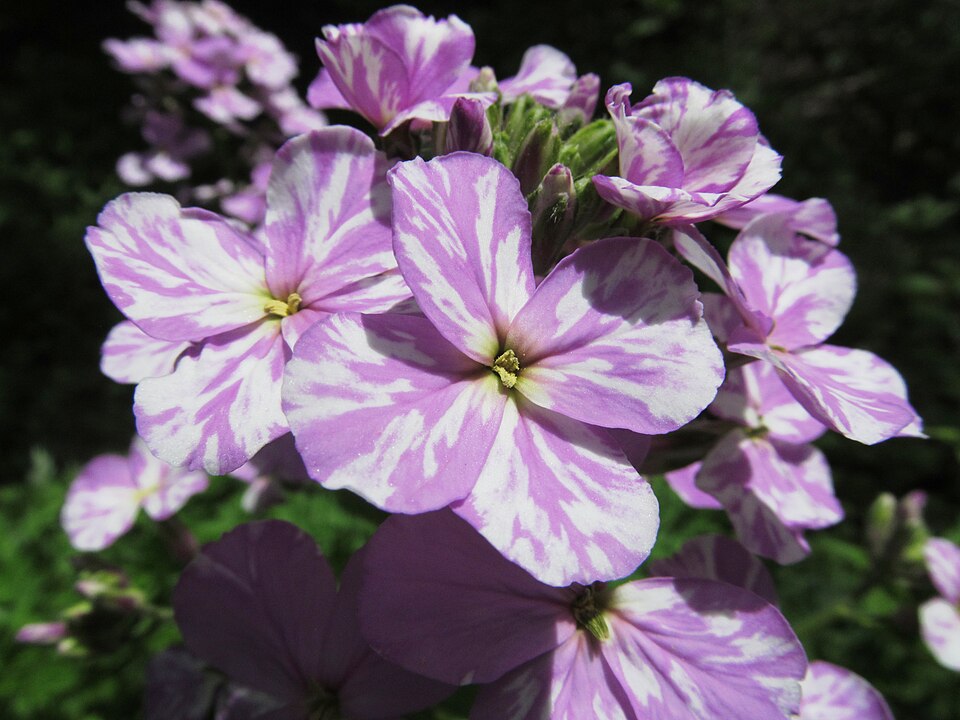
Variegated flowers like these are not rare in Dame’s Rocket. These plants were blooming in the Kane Woods Nature Area in Scott Township.
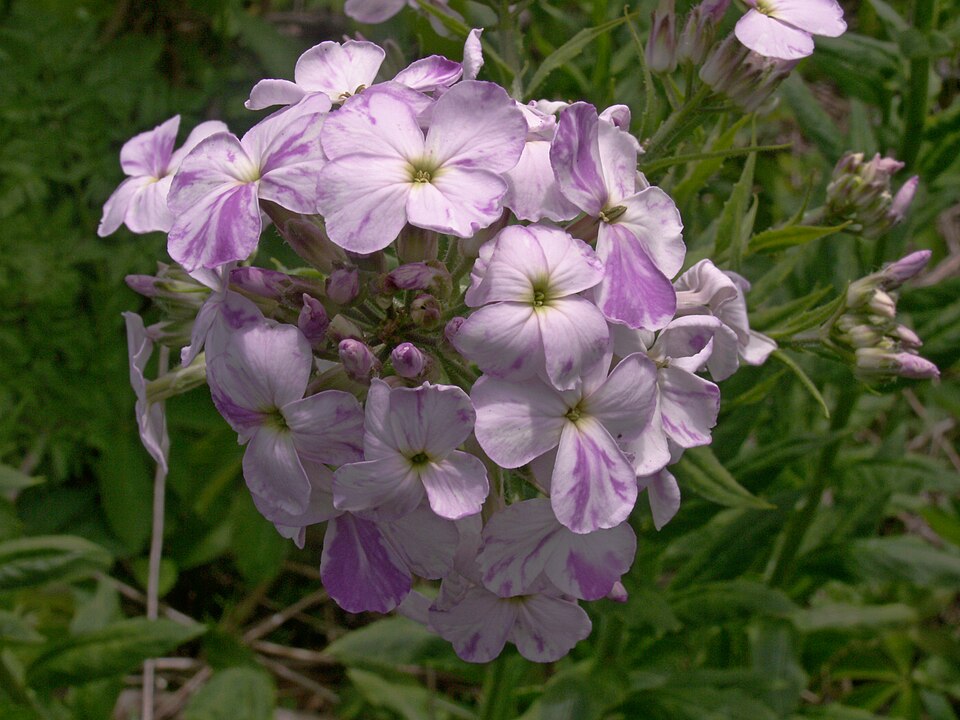
For a description of the species, see the Hesperis matronalis reference page.
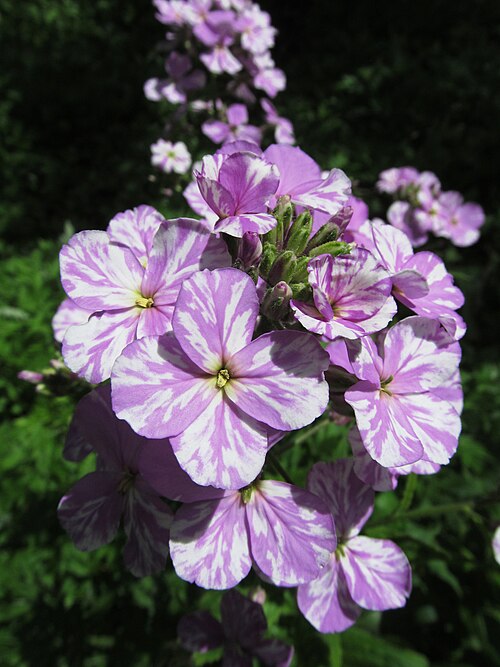
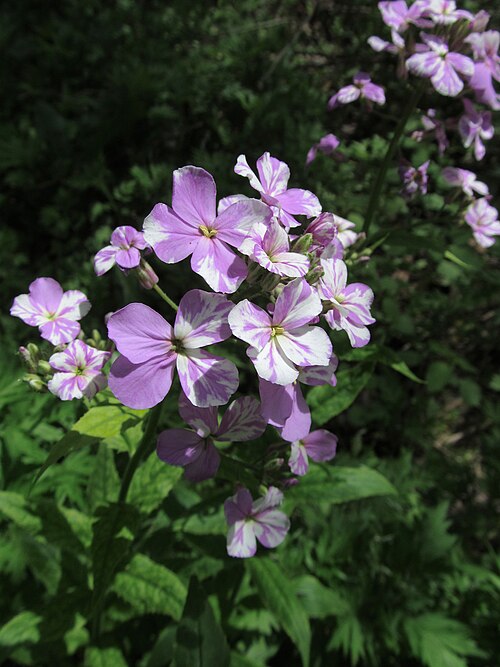
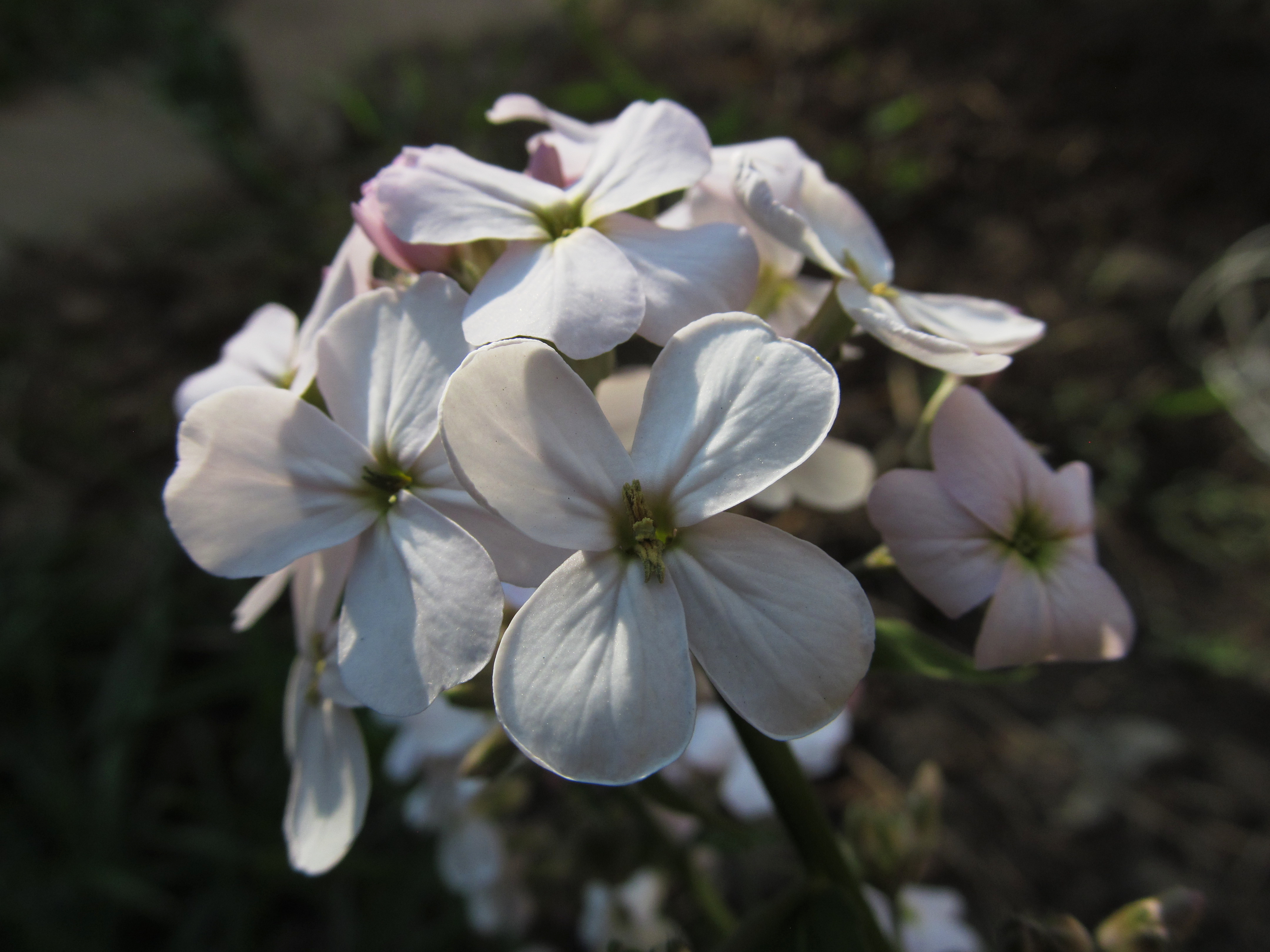
The picture above looks weirdly over-sharpened, but it is the effect of sunlight through petals that are turned up at the edges. Dame’s Rocket is lighting up roadsides and fields right now; these plants in shades from white through pink to purple were all blooming in Beechview.
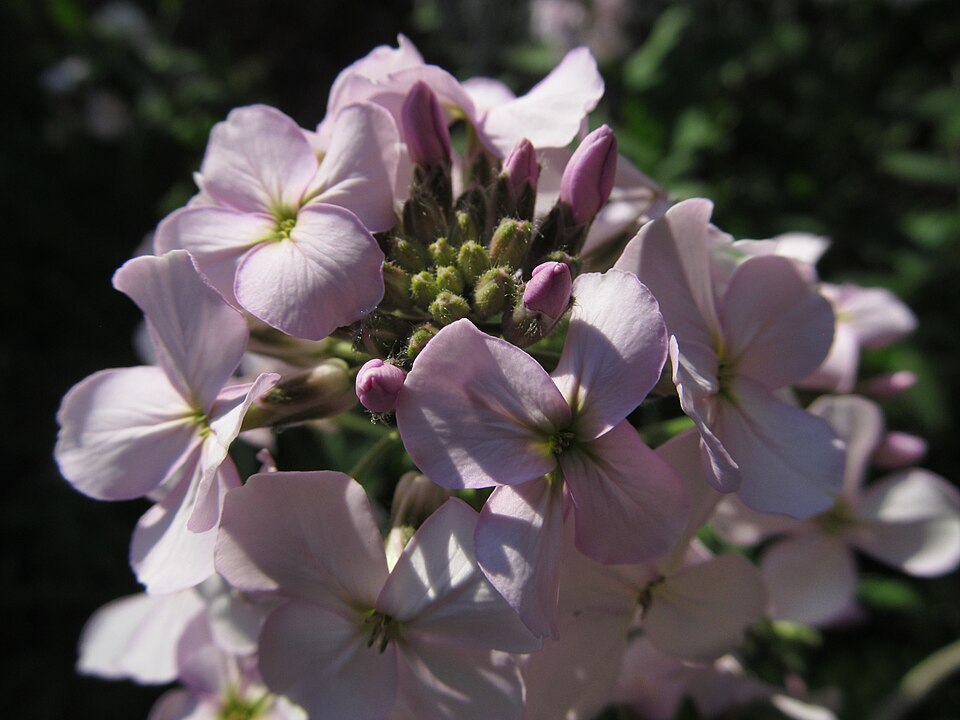
For a description of the species, see the Hesperis matronalis reference page.
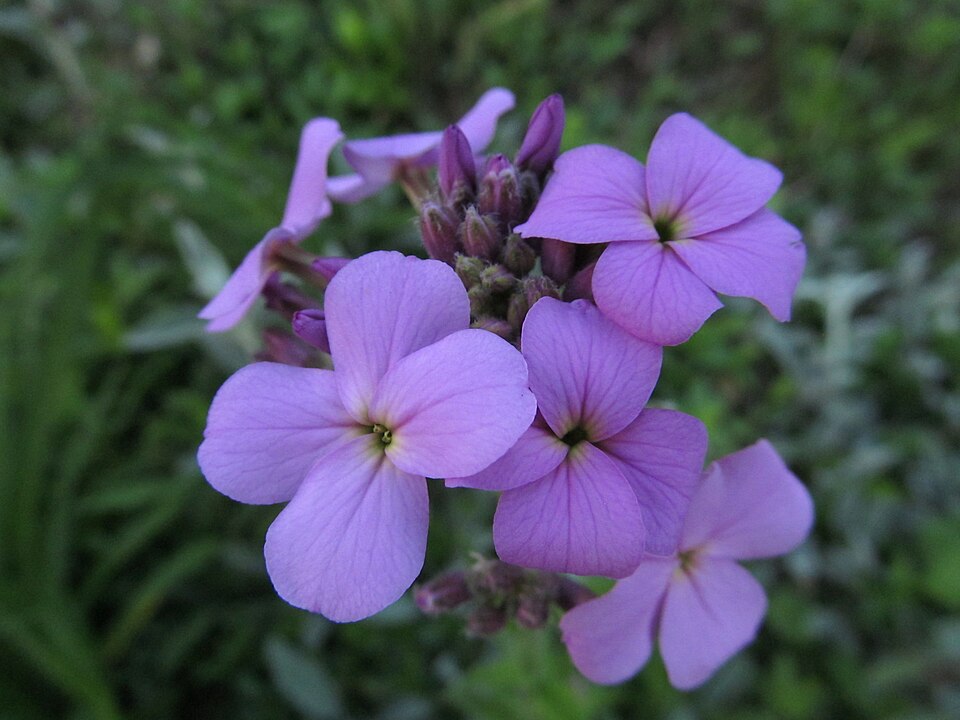


Also known as Crinkleroot. A close relative of the Cutleaf Toothwort (Cardamine concatenata), but easily distinguished by its pair of broad leaves with three leaflets. These plants were blooming along the Trillium Trail in Fox Chapel.

For a description, see the Cardamine diphylla reference page.



Broadleaf Toothworts come out a little later than their cousins the Cut-Leaf Toothworts (Cardamine concatenata). The flowers are similar, but these are easily distinguished by their pair of broad three-parted leaves.
For a description of the species, see the Cardamine diphylla reference page.